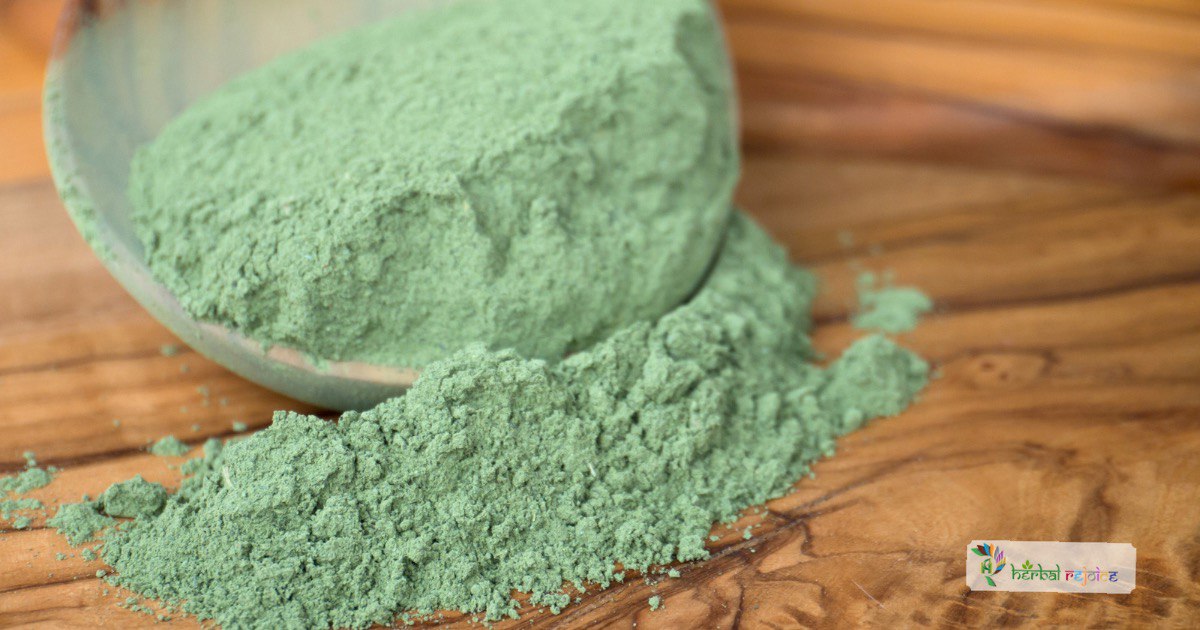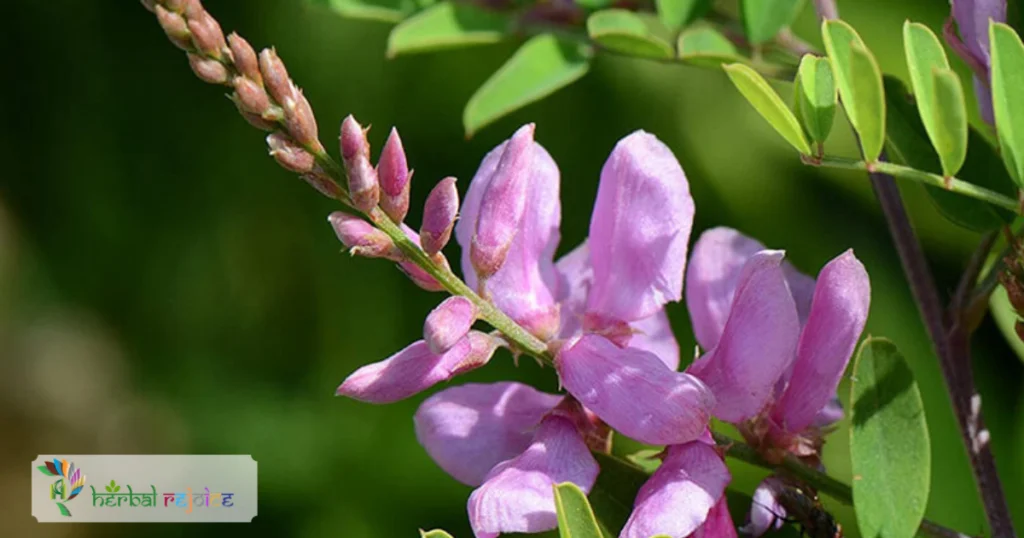Introduction
Indigofera tinctoria Linn., commonly known as Indigo, is a plant cultivated in many parts of India. It belongs to the family Fabaceae. It is commonly used in the treatment of liver and spleen enlargement, skin diseases, leucoderma, burns, ulcers, piles, nervous disorders, epilepsy, asthma, lumbago, and gout.
Names and Habitat Of Indigo
In Ayurveda, it is referred to as Nilikaa, Nilaa, Nila, Nili, Nilini, Nilapushpa, Ranjani, Shaaradi, or Tutthaa. Unani medicine calls it Habb-ul-Neel, while Siddha/Tamil medicine uses the names Nili, Averi, Asidai, or Attipurashadam.
Traditional Uses Of Indigo
This plant has various medicinal properties. It is known for its antiseptic, hepatoprotective, hypoglycemic, and nervine tonic actions.
The leaf of the plant is known for its anti-inflammatory properties and is used for treating blennorrhagia.
The root of the plant acts as a diuretic and is used in the treatment of hepatitis.
Both the root and stem of the plant have laxative, expectorant, febrifuge, anticephalalgic, antitumor, and anthelmintic properties. Additionally, they promote the growth of hair.
Chemical Constituents Of Indigo
The Ayurvedic Pharmacopoeia of India recommends the use of dried whole plant in the treatment of phobia, delusion, and disturbed mental state.
Chemical analysis of the plant has revealed the presence of indicine (5–15 mg/g, dry basis) and flavonoids such as apigenin, kaempferol, luteolin, and quercetin.
These compounds are present in various parts of the plant, with the highest concentration found in the leaves and lower concentrations in the roots.
Coumarins, cardiac glycosides, saponins, and tannins have also been reported in the plant.

Key Components and Their Benefits
Studies have shown that the alcoholic extract of the aerial parts of the plant has hepatoprotective activity against CCl4-induced hepatic injury in experimental animals.
It has also been found to increase bile flow and liver weight in rats. Additionally, the alcoholic extract exhibits hypoglycemic activity in rats.
The plant is also used in the treatment of endogenous depression. It contains a significant amount of conjugated indoxyl (indican).
The use of indigo and its constituents, indirubin and indigotin, has been found to prevent allergic contact dermatitis.
Tissues that are 8 weeks old contain the highest histamine content (5.0 mg/g dry weight) when cultured.
Dosage Of Indigo
The recommended dosage for the dried leaf is 50-100 g for decoction, while the root requires 48 g for decoction, according to the Ayurvedic Pharmacopoeia of India (Volume II).
To prepare a decoction of the whole plant, 10-20 g is used.
Frequently Asked Questions
What is Indigofera tinctoria Linn?
Indigofera tinctoria Linn, commonly known as Indigo, is a plant cultivated in many parts of India belonging to the family Fabaceae.
What are the medicinal properties of Indigofera tinctoria Linn?
Indigofera tinctoria Linn has antiseptic, hepatoprotective, hypoglycemic, and nervine tonic actions.
What are the common uses of Indigofera tinctoria Linn in traditional medicine?
It is commonly used in the treatment of liver and spleen enlargement, skin diseases, leucoderma, burns, ulcers, piles, nervous disorders, epilepsy, asthma, lumbago, and gout.
Which part of the Indigofera tinctoria Linn plant is used for treating blennorrhagia?
The leaf of the plant is known for its anti-inflammatory properties and is used for treating blennorrhagia.
What is the use of the root of Indigofera tinctoria Linn?
The root of the plant acts as a diuretic and is used in the treatment of hepatitis.
What properties do the root and stem of Indigofera tinctoria Linn have?
The root and stem of the plant have laxative, expectorant, febrifuge, anticephalalgic, antitumor, and anthelmintic properties.
Does Indigofera tinctoria Linn promote hair growth?
Yes, both the root and stem of the plant promote the growth of hair.
What compounds have been found in Indigofera tinctoria Linn?
Chemical analysis of the plant has revealed the presence of indicine and flavonoids such as apigenin, kaempferol, luteolin, and quercetin. Coumarins, cardiac glycosides, saponins, and tannins have also been reported in the plant.
What activities have been observed in the alcoholic extract of Indigofera tinctoria Linn?
The alcoholic extract of the aerial parts of the plant has hepatoprotective activity against CCl4-induced hepatic injury in experimental animals. It has also been found to increase bile flow and liver weight in rats.
Is there a hypoglycemic activity observed in Indigofera tinctoria Linn?
Yes, the alcoholic extract of the plant exhibits hypoglycemic activity in rats.
What is the use of Indigofera tinctoria Linn in the treatment of endogenous depression?
The plant is used in the treatment of endogenous depression.
What compounds in Indigofera tinctoria Linn prevent allergic contact dermatitis?
The use of indigo and its constituents, indirubin and indigotin, has been found to prevent allergic contact dermatitis.
What part of the plant contains the highest histamine content?
Tissues that are 8 weeks old contain the highest histamine content when cultured.
What is the recommended dosage for the dried leaf of Indigofera tinctoria Linn?
The recommended dosage for the dried leaf is 50-100 g for decoction.
How much of the root is required for a decoction of Indigofera tinctoria Linn?
48 g of the root is required for decoction.
How much of the whole plant is required for a decoction?
To prepare a decoction of the whole plant, 10-20 g is used.
What are the Ayurvedic names for Indigofera tinctoria Linn?
In Ayurveda, it is referred to as Nilikaa, Nilaa, Nila, Nili, Nilini, Nilapushpa, Ranjani, Shaaradi, or Tutthaa.
What is the Unani name for Indigofera tinctoria Linn?
Unani medicine calls it Habb-ul-Neel.
What are the Siddha/Tamil medicine names for Indigofera tinctoria Linn?
Siddha/Tamil medicine uses the names Nili, Averi, Asidai, or Attipurashadam.


